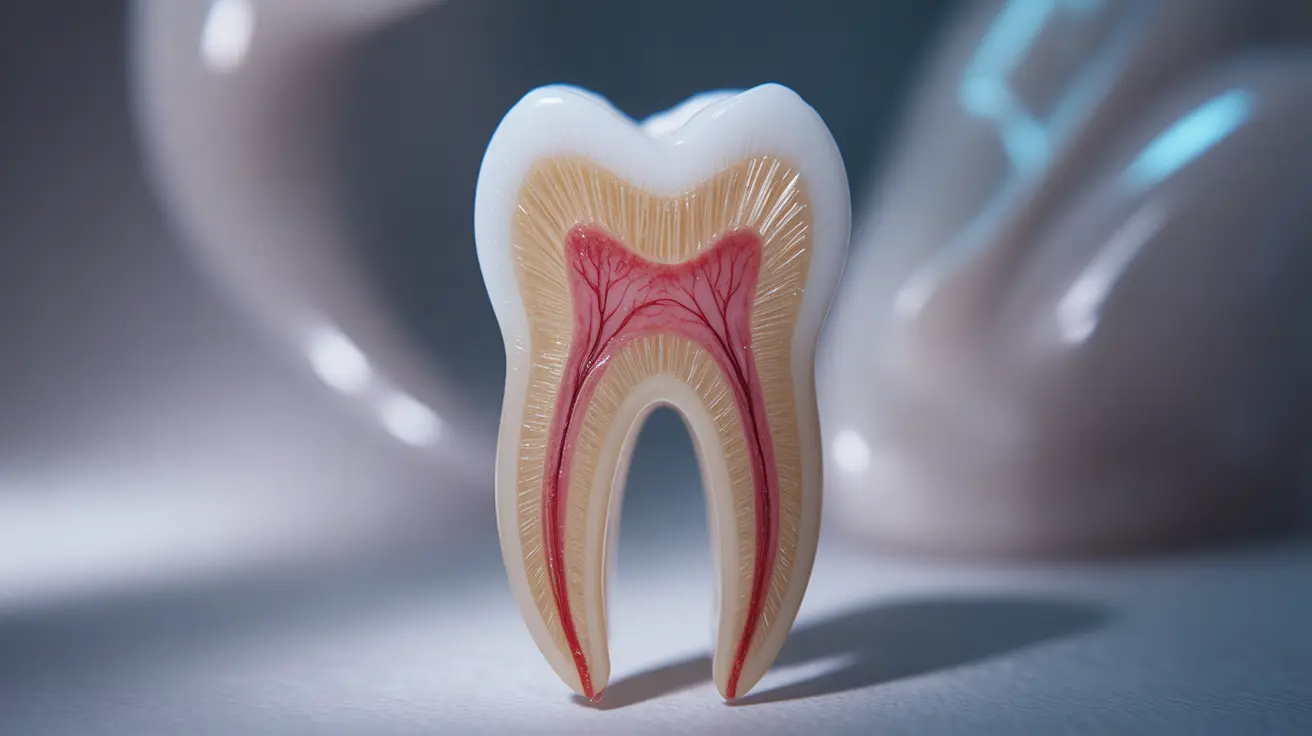Stannous fluoride is a powerful dental care ingredient that has been revolutionizing oral health treatments since its introduction in the 1950s. As a specialized form of fluoride, it offers unique benefits that go beyond basic cavity prevention, making it an increasingly popular choice in modern dental care products.
Whether you're dealing with sensitive teeth, concerned about gum health, or simply looking to optimize your dental care routine, understanding how stannous fluoride works can help you make informed decisions about your oral hygiene products.
What is Stannous Fluoride?
Stannous fluoride is a compound that combines tin (stannous) with fluoride, creating a powerful ingredient that provides multiple oral health benefits. Unlike other fluoride types, stannous fluoride forms a protective barrier on tooth surfaces while actively fighting harmful bacteria in the mouth.
The Science Behind Stannous Fluoride
When applied to teeth, stannous fluoride works through several mechanisms to protect oral health:
- Forms a protective shield on tooth enamel
- Creates acid-resistant barriers
- Reduces bacterial growth
- Helps remineralize weakened tooth structure
- Decreases tooth sensitivity
Benefits of Stannous Fluoride for Oral Health
Cavity Prevention
Stannous fluoride excels at preventing tooth decay by strengthening tooth enamel and making it more resistant to acid attacks from bacteria. It helps rebuild weakened enamel through remineralization, effectively reversing early stages of decay.
Gum Health Protection
One of the standout benefits of stannous fluoride is its antimicrobial properties. It helps reduce gingivitis and gum inflammation by targeting harmful bacteria that cause gum disease, making it particularly valuable for maintaining periodontal health.
Sensitivity Relief
For those with sensitive teeth, stannous fluoride provides relief by creating a protective layer over exposed dentin tubules. This barrier helps block painful sensations triggered by hot, cold, or sweet stimuli.
Proper Usage and Application
To maximize the benefits of stannous fluoride products:
- Brush twice daily with a pea-sized amount
- Brush for at least two minutes each time
- Avoid rinsing immediately after brushing
- Wait 30 minutes before eating or drinking
- Use consistently for best results
Frequently Asked Questions
How does stannous fluoride work in toothpaste and what oral health benefits does it offer?
Stannous fluoride works by creating a protective barrier on teeth while actively fighting bacteria. It offers multiple benefits including cavity prevention, gum disease protection, and sensitivity relief through its unique ability to form a protective shield on tooth surfaces while delivering antimicrobial properties.
What's the difference between stannous fluoride and sodium fluoride for preventing cavities and gum disease?
While both compounds contain fluoride, stannous fluoride offers additional benefits beyond cavity prevention. The stannous (tin) component provides antimicrobial properties and better protection against gingivitis, while also helping with sensitivity issues. Sodium fluoride primarily focuses on cavity prevention through remineralization.
Can stannous fluoride toothpaste help with sensitive teeth and bleeding gums?
Yes, stannous fluoride is particularly effective for both sensitive teeth and bleeding gums. It creates a protective layer over sensitive areas of the teeth while its antimicrobial properties help reduce gum inflammation and bleeding by fighting harmful bacteria.
Are there any side effects or risks of using stannous fluoride products for dental care?
While generally safe, some people may experience temporary tooth staining or altered taste sensation. These effects are typically mild and reversible. Modern formulations have largely addressed these issues through improved technology and ingredients.
Who should consider using toothpaste or mouthwash with stannous fluoride, and how often should it be used?
Stannous fluoride products are beneficial for most adults, particularly those with sensitive teeth, gum problems, or high cavity risk. They should be used twice daily as part of regular oral hygiene routine. People with specific dental concerns should consult their dentist for personalized recommendations.




